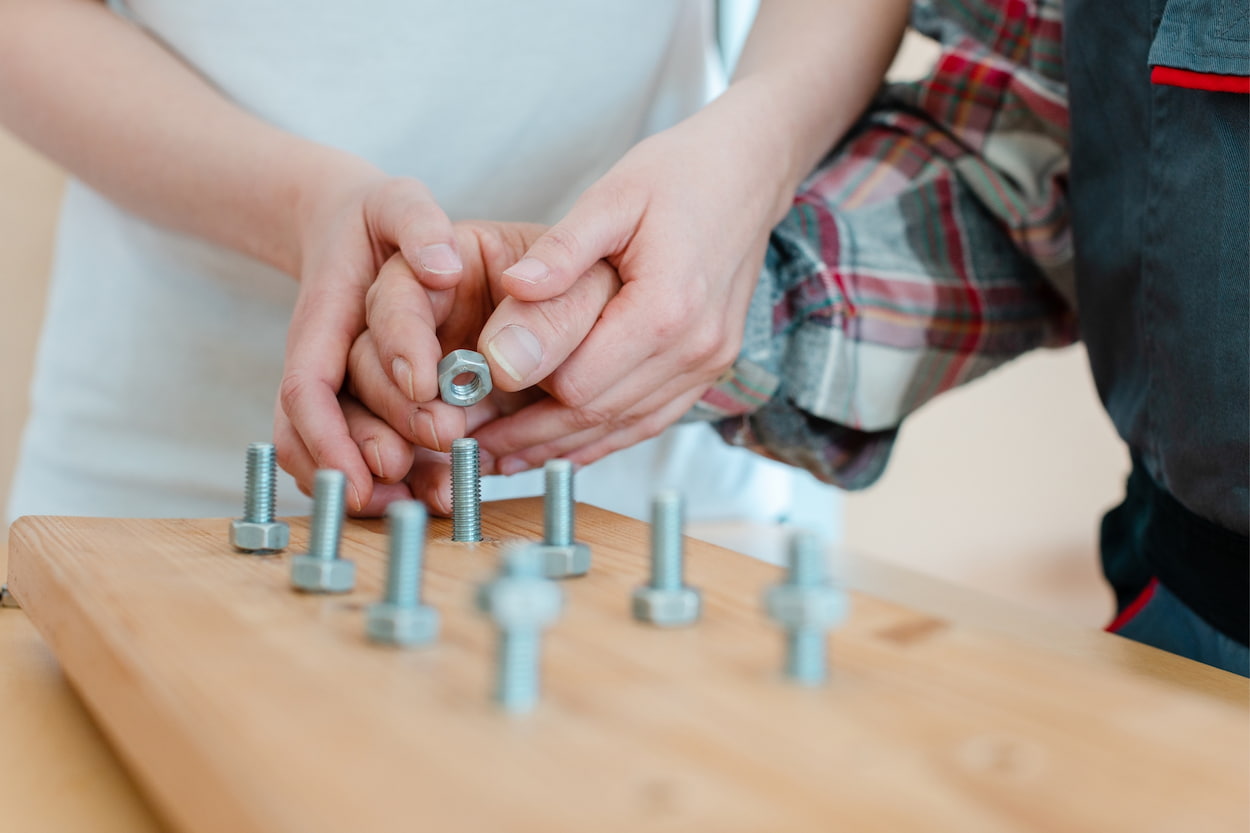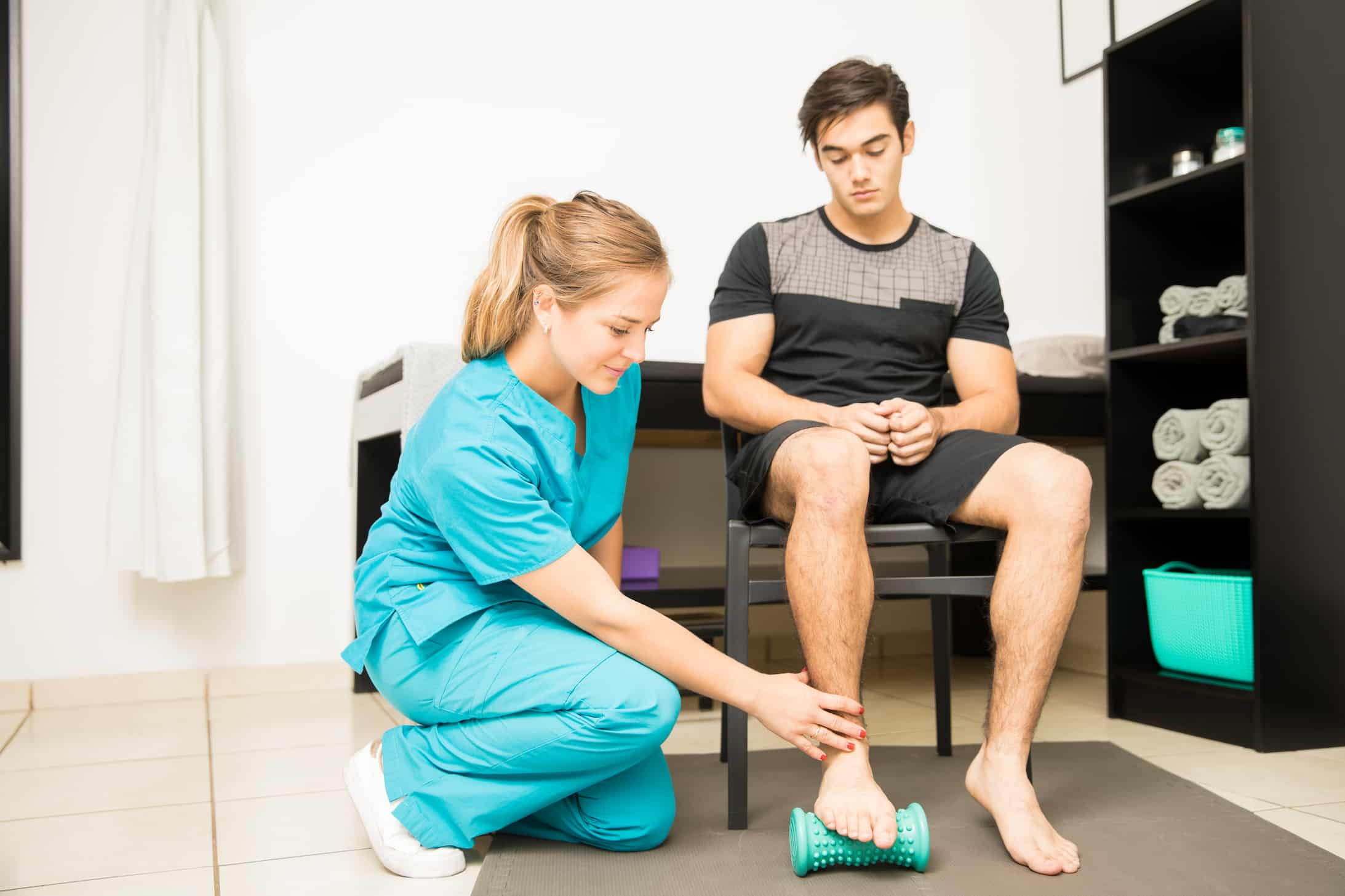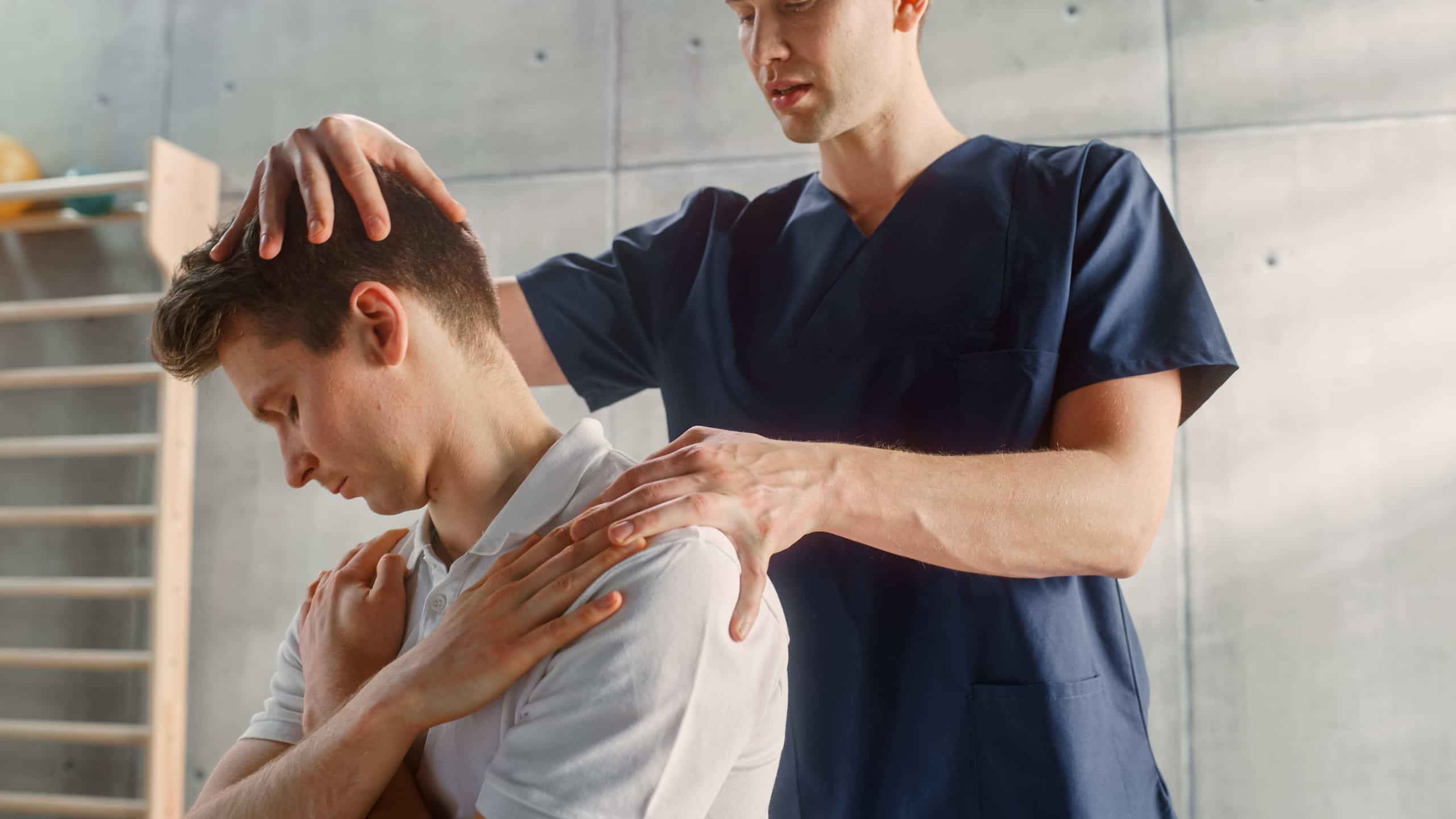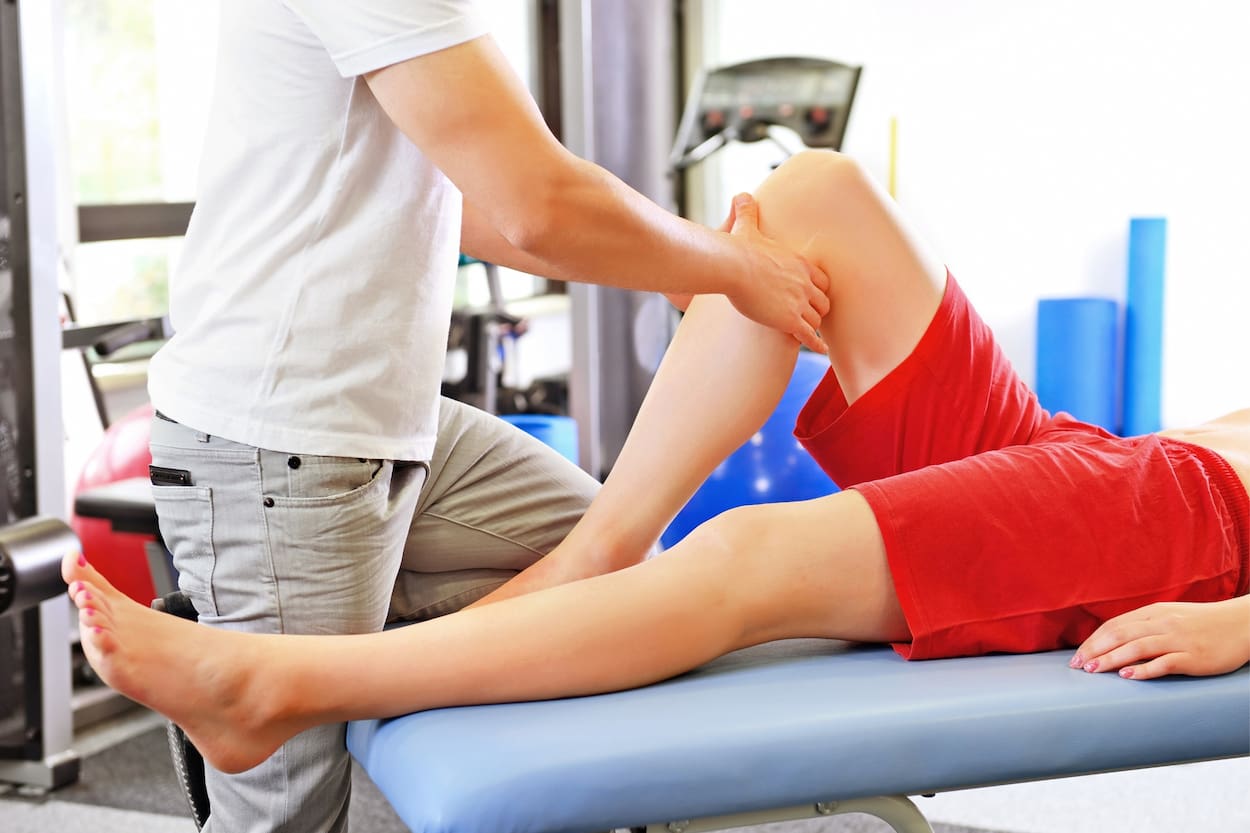
The Benefits of TMJ Physical Therapy: A Comprehensive Guide
Have you ever experienced pain or discomfort in your jaw, such as clicking or popping sounds, difficulty opening or closing your mouth, or even headaches? These could all be symptoms of a temporomandibular joint (TMJ) disorder. TMJ disorders affect the joints and muscles that connect the jawbone to the skull and can be caused by a variety of factors, including injury, arthritis, teeth grinding, or stress.
Luckily, there are treatments available that can help alleviate the pain and discomfort associated with TMJ disorders, and one of the most effective options is physical therapy. In this comprehensive guide, we'll explore what TMJ physical therapy is, how it works, and the benefits it can provide.
What is TMJ Physical Therapy?
TMJ physical therapy is a specialized type of physical therapy that focuses on treating disorders related to the temporomandibular joint. The temporomandibular joint is located in the jaw, and it connects the lower jaw to the skull. This joint is responsible for the movement of the jaw during chewing, talking, and other daily activities. When this joint is not functioning properly, it can lead to a condition known as TMJ disorder. TMJ physical therapy can help alleviate the pain and discomfort associated with TMJ disorders and improve jaw function.
Physical therapy for TMJ typically involves a combination of exercises, manual therapy, and education. Your physical therapist will work with you to develop an individualized treatment plan that addresses your specific needs and symptoms. Jaw exercises are one of the most effective ways to relieve TMJ pain and improve jaw function. Your physical therapist may teach you exercises to strengthen and stretch the muscles in your jaw, neck, and shoulders. These exercises may include simple movements like opening and closing your mouth, moving your jaw from side to side, or holding a position for a period of time.
Manual therapy involves hands-on techniques performed by your physical therapist to improve the mobility and function of your jaw. This may include massage, mobilization, or manipulation of the jaw joint. Your therapist may also use techniques like trigger point release or myofascial release to relieve tension in the muscles surrounding the jaw. Education is also an essential component of TMJ physical therapy. Your physical therapist will provide you with guidance on how to manage your TMJ symptoms. This may include tips for improving your posture, avoiding habits like teeth grinding or chewing gum, and practicing stress-reduction techniques.

Physical Therapy for TMJ
Physical therapy for TMJ typically involves a combination of exercises, manual therapy, and education. Here are some of the techniques commonly used in TMJ physical therapy:
Jaw exercises: One of the most effective ways to relieve TMJ pain and improve jaw function is through specific exercises. Your physical therapist may teach you exercises to strengthen and stretch the muscles in your jaw, neck, and shoulders. These exercises may include simple movements like opening and closing your mouth, moving your jaw from side to side, or holding a position for a period of time.
Manual therapy: Manual therapy involves hands-on techniques performed by your physical therapist to improve the mobility and function of your jaw. This may include massage, mobilization, or manipulation of the jaw joint. Your therapist may also use techniques like trigger point release or myofascial release to relieve tension in the muscles surrounding the jaw.
Education: Your physical therapist will also provide you with education and guidance on how to manage your TMJ symptoms. This may include tips for improving your posture, avoiding habits like teeth grinding or chewing gum, and practicing stress-reduction techniques.
TMJ Physical Therapy Exercises
Here are some simple exercises that you can try at home to relieve TMJ pain and improve jaw function:
Chin tucks: Chin tucks help strengthen the muscles in your neck and improve posture, which can reduce tension in the jaw muscles. To do a chin tuck, sit or stand with your shoulders relaxed and your chin level. Then, gently tuck your chin in towards your neck, keeping your head level. Hold for a few seconds, then release and repeat.
Jaw opening and closing: This exercise helps improve the range of motion in your jaw and can reduce pain and discomfort. Start by placing your tongue on the roof of your mouth and slowly opening your jaw as wide as you can. Hold for a few seconds, then slowly close your mouth. Repeat several times.
Jaw lateral movements: Jaw lateral movements can help improve jaw function and reduce pain associated with TMJ disorders. Start by placing your tongue on the roof of your mouth and slowly move your jaw to one side, then back to the center, then to the other side. Repeat several times.
The Benefits of TMJ Physical Therapy
Now that we've covered what TMJ physical therapy is and how it works, let's explore some of the benefits it can provide:
Pain relief: One of the primary benefits of TMJ physical therapy is pain relief. The exercises and manual therapy techniques used in physical therapy can help reduce tension in the muscles surrounding the jaw, which can alleviate pain and discomfort.
Improved jaw function: TMJ physical therapy can also improve the function of your jaw. By strengthening and stretching the muscles in your jaw, neck, and shoulders, you may be able to open your mouth wider, chew more comfortably, and speak more clearly.
Avoiding surgery: In some cases, TMJ disorders may require surgery to correct. However, physical therapy can be a less invasive and more cost-effective option. By addressing the root cause of your TMJ disorder through physical therapy, you may be able to avoid surgery altogether.
Education and prevention: In addition to providing pain relief and improving jaw function, TMJ physical therapy can also teach you techniques to manage your symptoms and prevent future flare-ups. By learning how to improve your posture, avoid habits like teeth grinding, and practice stress-reduction techniques, you can reduce your risk of developing TMJ disorders in the future.
How Soon Would Physical Therapy Help Tmj
TMJ disorders can be painful and disruptive to your daily life. If you're experiencing symptoms like jaw pain, stiffness, or difficulty opening your mouth, you may be wondering how soon physical therapy can help relieve your symptoms. The answer can vary depending on the severity of your condition and the specific treatment plan recommended by your physical therapist.
In general, many people experience some relief from TMJ symptoms after just a few sessions of physical therapy. Your physical therapist will work with you to develop an individualized treatment plan that addresses your specific needs and symptoms. This may include a combination of exercises, manual therapy, and education. Jaw exercises can be particularly effective for relieving pain and improving jaw function. Your therapist may teach you exercises to strengthen and stretch the muscles in your jaw, neck, and shoulders. These exercises may be done at home or during physical therapy sessions. In some cases, manual therapy techniques like massage or mobilization may also be used to improve the mobility and function of your jaw.
It's important to keep in mind that everyone's response to physical therapy is different, and some people may require more time and sessions to see significant improvement in their symptoms. It's also important to continue practicing good self-care habits like maintaining good posture, avoiding habits like teeth grinding, and practicing stress-reduction techniques to maximize the benefits of physical therapy for TMJ. If you're experiencing symptoms of a TMJ disorder, talk to your healthcare provider about whether physical therapy may be a good option for you.
Healthy Türkiye Notes
TMJ disorders can be painful and disruptive to your daily life, but physical therapy can be a highly effective treatment option. Through exercises, manual therapy, and education, TMJ physical therapy can help relieve pain and discomfort, improve jaw function, and prevent future flare-ups. If you're experiencing symptoms of a TMJ disorder, talk to your specialist at Healthy Türkiye about whether physical therapy may be a good option for you.



